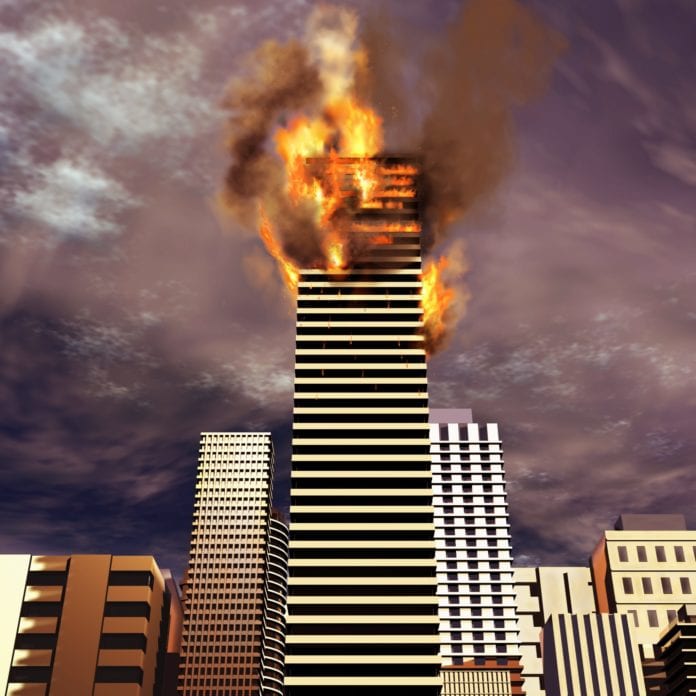Public safety agencies are increasingly relying on the use of cellular devices and mobile broadband to augment their land mobile radio voice networks. Carriers who have previously focused primarily on the consumer and enterprise market are giving this segment new attention, from AT&T’s contract with the First Responders Network Authority to provide nationwide public safety LTE, to T-Mobile US’ new launch of plans targeting first responders.
But even as public safety and commercial network use converge, there remain a number of outstanding questions about the extent to which cellular networks will begin to be deployed as true mission-critical public safety networks, with the same codified and regulated requirements on in-building coverage and equipment hardening.
In-building public safety communications networks have been built with a very different paradigm. Some of the major differences include:
System exclusivity. Public safety users are accustomed to operating on a communications network to which only responders have access, not systems which are shared with consumer or enterprise users. FirstNet-AT&T has addressed this by adding network priority and preemption services for FirstNet users, so that first responders can access the network even in times of high congestion. Verizon and U.S. Cellular have also added private network cores for public safety with priority and preemption services.
Differences in governance and operations. Local, regional or state jurisdictions typically run the LMR or Project 25 networks (or contract it out) and so there has been a relatively close relationship between local public safety agencies and license holders. Public safety agencies haven’t had to work with MNOs to get those systems certified or on-air, and building owners have not had to deal with carrier-directed timelines for installing or certifying public safety systems that are required for occupancy.
Funding. While responder agencies have had to work within the constraints of municipal budgets for funding their communications systems and equipment, when it comes to the in-building environment, there are established LMR coverage requirements governed by requirements in the International Fire Code and/or the National Fire Protection Association with input from local officials on frequency support. Building owners must comply with requirements around coverage and pay for systems to be installed, in order to get the all-important certificate of occupancy so that their buildings can be leased or sold. Meanwhile, in-building cellular systems have been installed and paid for by building owners or carriers based on customer demand and ROI. Carriers’ capital spending on in-building cellular systems has fluctuated over time, with the last few years seeing generally lower allocations for equipping specific buildings with DAS. However, several vendors and industry observers tell RCR Wireless News that AT&T’s spending on in-building coverage has seen an uptick.
Frequencies used by public safety systems in the U.S. also are different than those used by cellular. Public safety frequencies used in the U.S. range from around 30 MHz to 150 MHz, 450 MHz and 800 MHz – all pretty low-frequency bands compared to cellular systems, with excellent propagation and penetration characteristics. Responders also been able to rely on LMR handsets which typically transmit with between 3 to 5 watts of power – far more than the typical cellular handset and enough to substantially increase in-building connectivity.
Hardware and coverage requirements. The public safety communication system hardware and installation itself also has significant differences from commercial cellular systems. Public safety coverage is required by to cover “critical areas,” generally considered to be 99% of the building interior – not just high-traffic areas, but basements, elevator shafts and stairwells that are often a low priority or difficult for cellular system coverage. Public safety radio systems must have hardened equipment with battery back-up which is placed in protected rooms that have to be rated to be able to withstand a fire for a minimum of two hours. Some local codes even demand that public safety and commercial cellular communications systems not share any active components — but because the fire codes are usually changed by local jurisdictions to meet their specific needs, there is no single rulebook that building operators, vendors and system integrators can rely on.
Interested in hearing more on FirstNet, particularly related to in-building coverage for public safety? Check out the RCR Wireless News webinar on the topic and download our free editorial special report.

